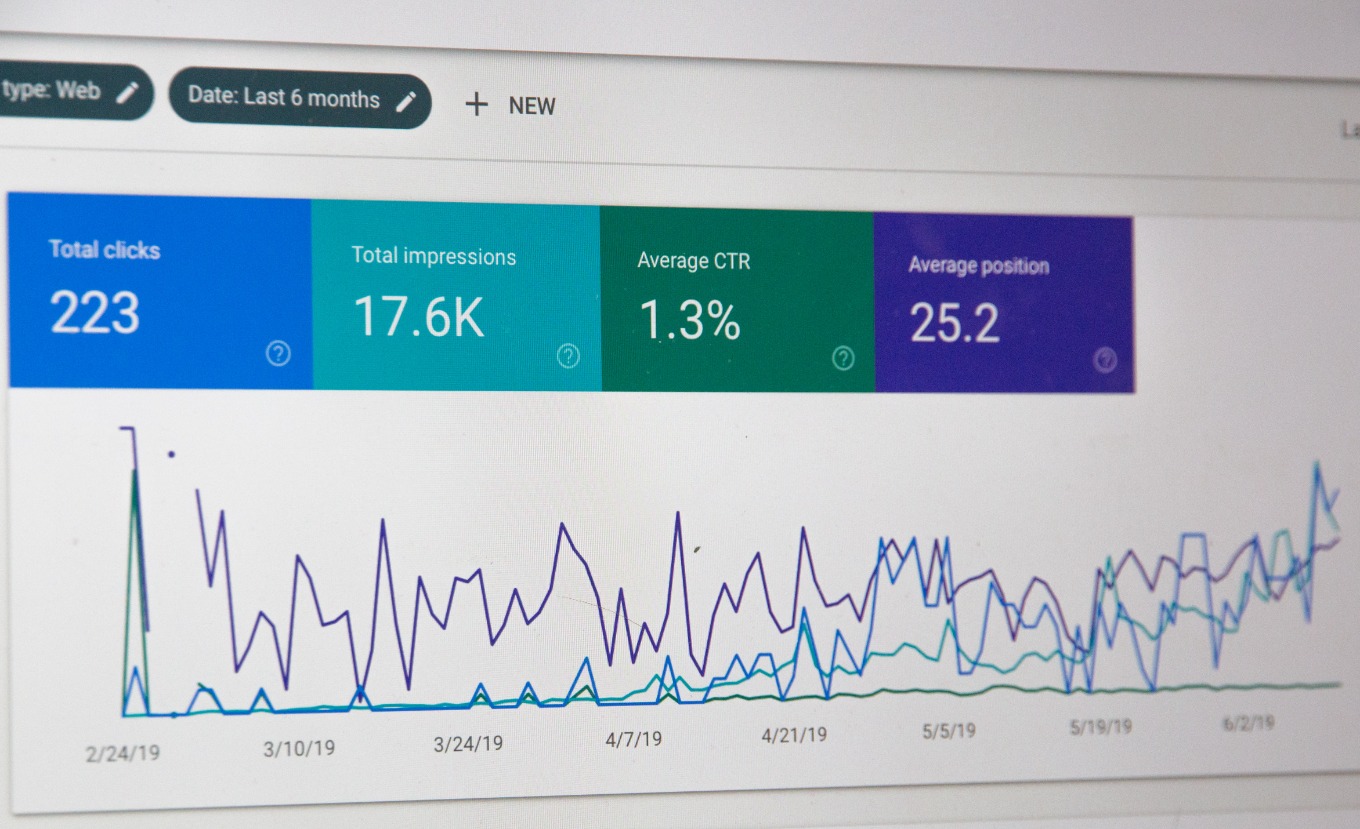Hematology Industry Report: Key Findings and Insights for the Modern Hematologist
In the dynamic landscape of medical science, the field of hematology stands at the forefront of extensive research, innovation, and progressive transformations. For those unfamiliar with the specifics of this discipline, hematology is the branch of medicine that deals primarily with the study of blood, its disorders, and the organs involved in its production such as bone marrow, lymph nodes, and spleen. As an integral part of the healthcare system, hematologists play a pivotal role in the diagnosis, treatment, and management of myriad blood-related anomalies, contributing significantly to patient care and overall medical advancement.
Current trends and key findings in the hematology industry reflect this evolving landscape, providing significant insights for both novice and seasoned hematologists. This piece aims to distill the most recent industry report and offer a comprehensive understanding of the evolving terrain of the hematology industry.
The surge in demand for specialized diagnostics and treatment protocols in blood disorders such as leukemia, lymphoma, and myeloma has been a significant driver of innovation. The advent and adoption of molecular diagnostic techniques, including Next-Generation Sequencing (NGS) and Polymerase Chain Reaction (PCR), have revolutionized the identification of genetic anomalies related to hematological disorders. These technologies have effectively supplanted traditional cytogenetic techniques, offering higher sensitivity, specificity, and throughput. However, they also pose challenges in terms of cost, data interpretation, and standardization across laboratories.
Advancements in treatment modalities have been equally transformative. The report highlights the rising prominence of targeted therapies and immunotherapies in managing hematological malignancies. These therapies, like CAR-T cell therapy, monoclonal antibodies, and small molecule inhibitors, bring in a significantly higher degree of specificity compared to conventional chemotherapy. The tradeoff, however, is in the cost of these therapies, which can be prohibitively high, and their accessibility, especially in resource-limited settings. Balancing the cost-effectiveness and clinical effectiveness of these therapies presents a complex challenge, one that underscores the need for health economics in the decision-making process.
The report also draws attention to the burgeoning field of hemophilia management. Embracing prophylactic factor replacement therapy for severe hemophilia patients has drastically reduced the morbidity and mortality associated with the disease. Meanwhile, development of novel drugs, such as Emicizumab, has been instrumental in providing an alternative to factor replacement therapy, reducing the burden of frequent infusions for patients. The crux of the situation is that these advancements have necessitated a multidisciplinary approach for patient management, involving not only hematologists but also allied healthcare professionals such as physiotherapists and psychologists.
In terms of industry structure, the report indicates a trend towards consolidation, with an increased number of mergers and acquisitions observed in recent years. This trend is driven by the economic principle of economies of scale, which suggests that larger entities can be more cost-efficient and potentially foster greater innovation through increased research and development investment.
The report concludes by highlighting the role of artificial intelligence and machine learning, which are poised to revolutionize the hematology industry. These technologies promise to usher in an era of precision medicine, with individualized treatment strategies based on a patient's unique genetic and molecular profile. However, the ethical, legal, and privacy issues associated with the use of these technologies cannot be overemphasized.
To navigate this dynamic and complex landscape, hematologists must stay abreast of these trends and be prepared to adapt their practice. The impetus for continuous learning, reskilling, and upskilling has never been more pronounced. In this context, the insights gleaned from this report can serve as a compass, helping hematologists chart their course in this intriguing voyage of discovery and innovation.
The promise of the future is indeed exciting. As we continue to decode the intricate pathways of blood production and function, our understanding of health and disease continues to grow. With this knowledge, we are also better equipped to face the challenges and opportunities that lie ahead, ensuring that the field of hematology remains a vital part of our collective medical endeavor.
These technologies promise to usher in an era of precision medicine, with individualized treatment strategies based on a patient's unique genetic and molecular profile.






